A search for environmentally friendly inks led researchers to microalgae biofactories, providing a renewable biomass solution.
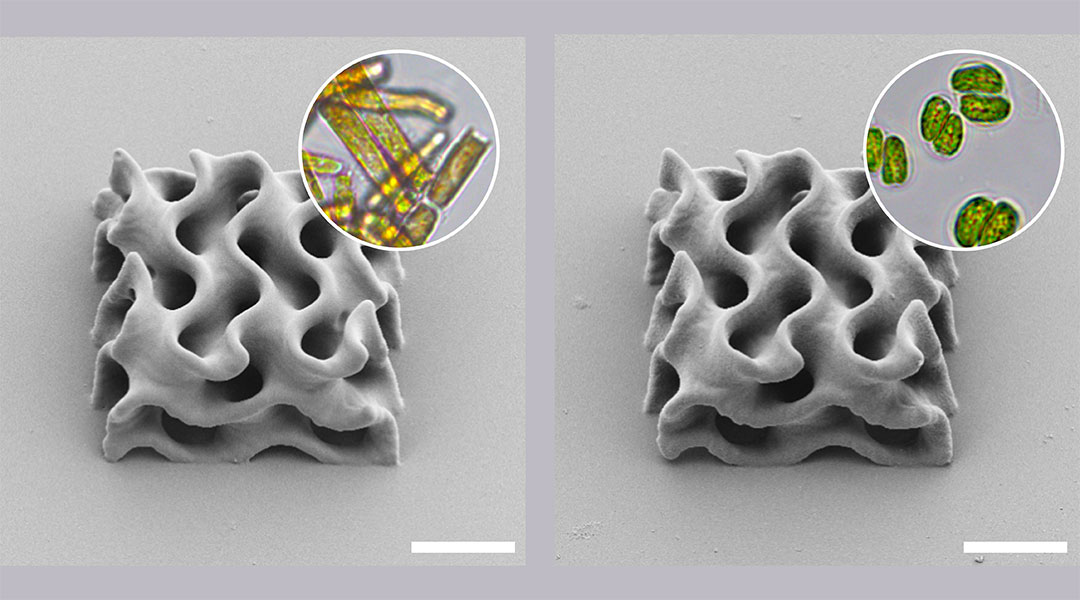

A search for environmentally friendly inks led researchers to microalgae biofactories, providing a renewable biomass solution.
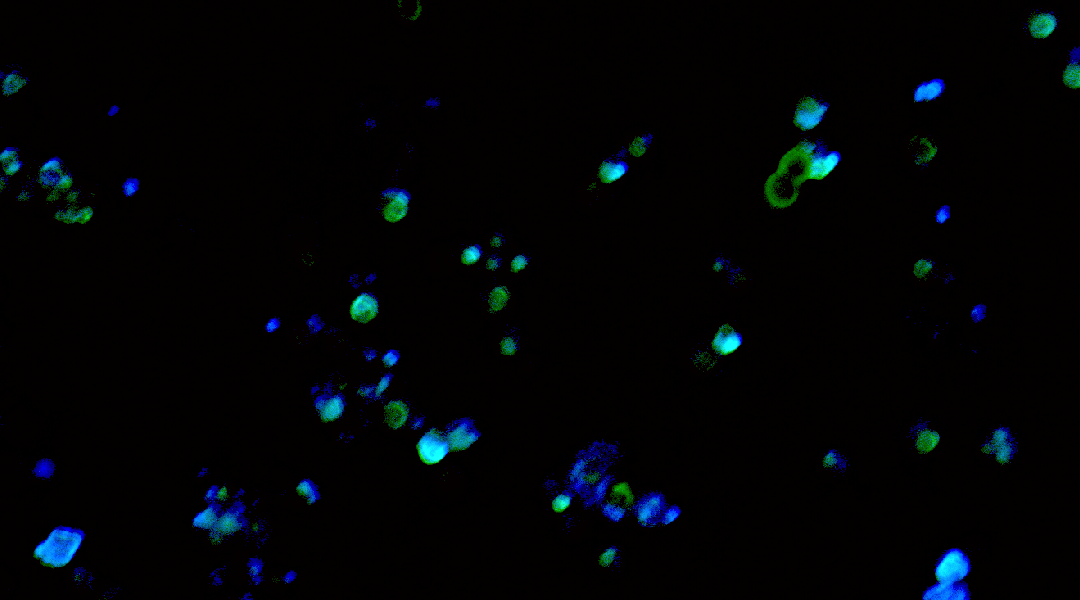
Swarms of iron-clad algae have been built to sweep through bodies of water to collect elusive bits of micro- and nanoplastics.
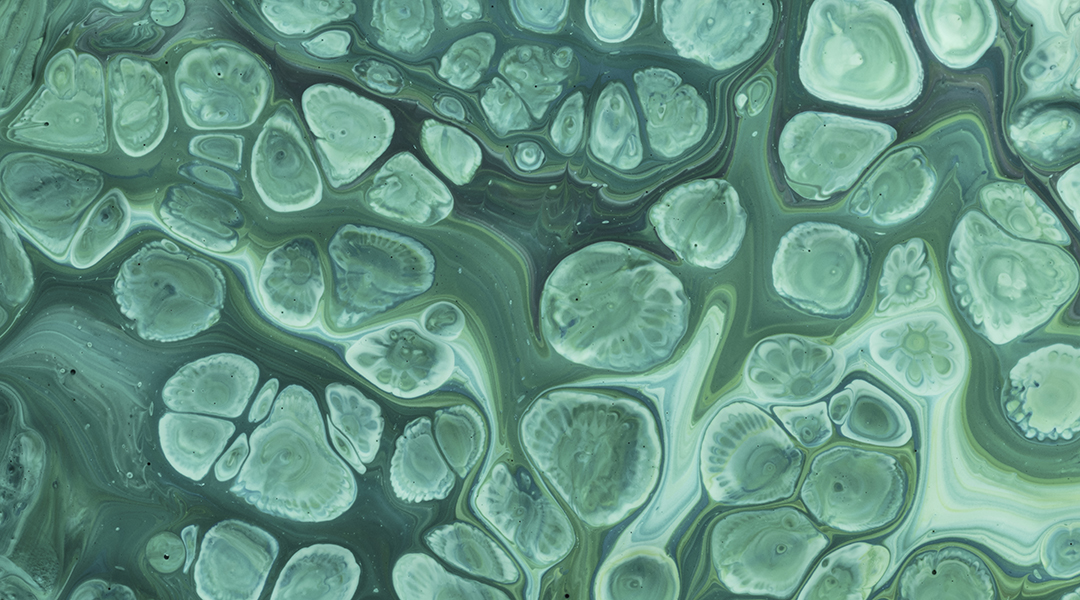
A textured film maximizes sunlight by generating an increased amount of red light, reducing the costs of algae production on a significant scale.
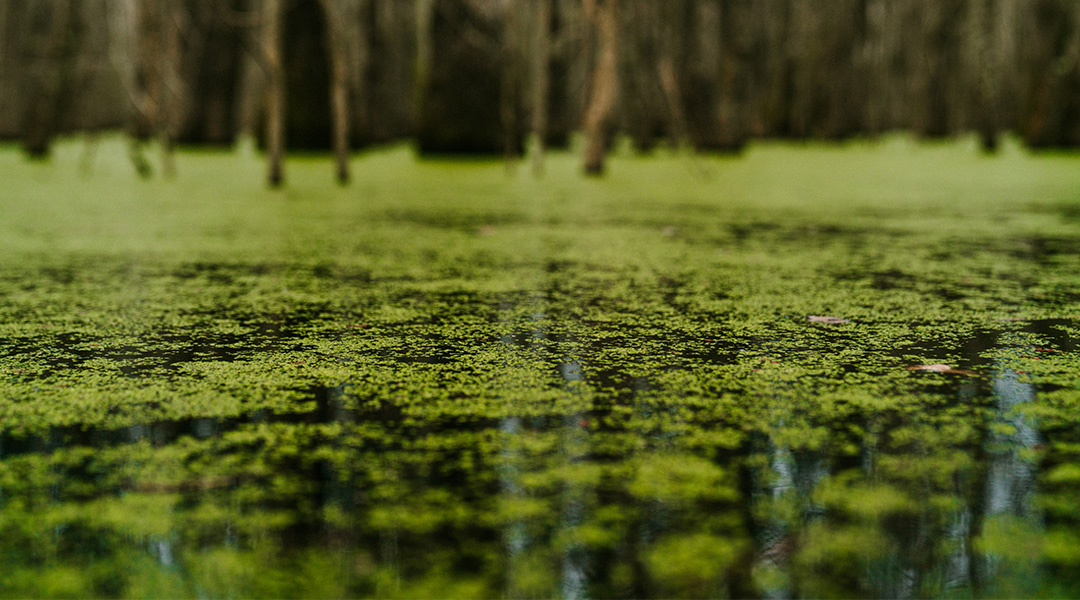
Biosorption could help in the recycling and reuse of rare earth elements.
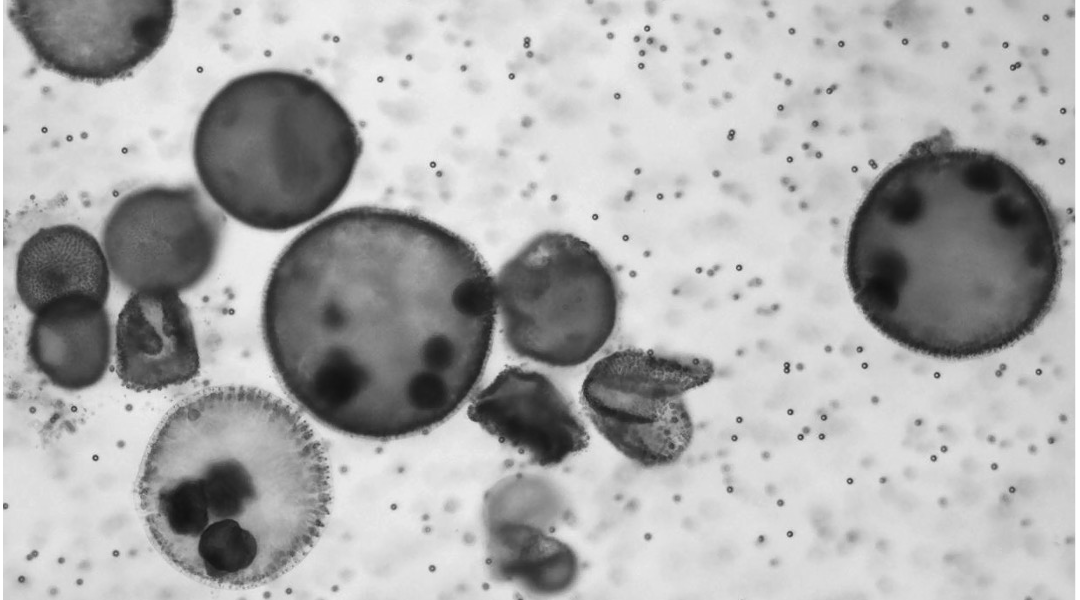
Living microrobots made from algae were weaponized to help fight tumors by improving the effectiveness of cancer therapies.

Microalgal biorefinery has emerged as one of the sustainable solutions for the production of biofuels and biochemicals. However, there are still some difficulties to be solved.
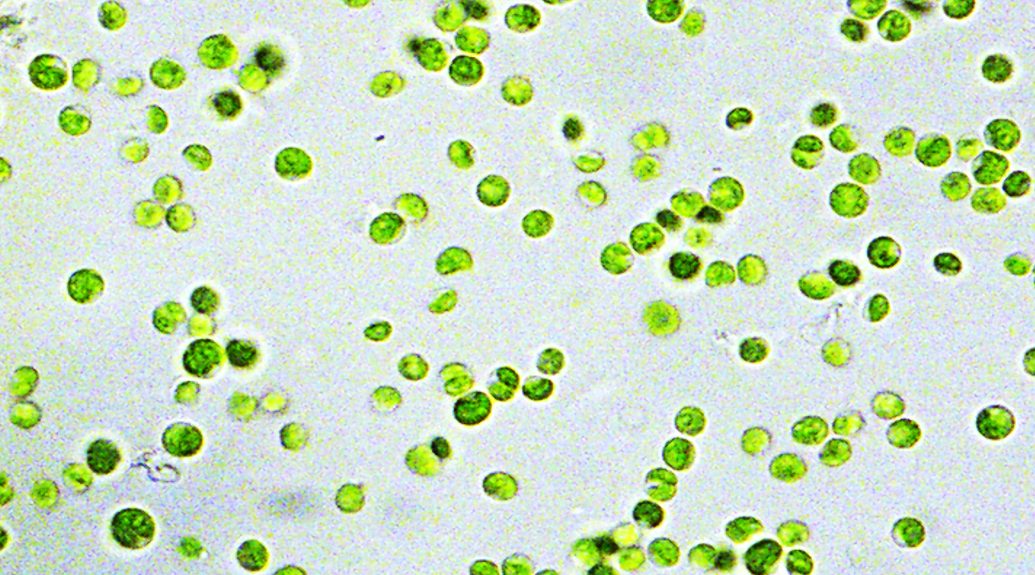
A new approach drastically improves the amount of energy harvested from microalgae for sustainable bioenergy.
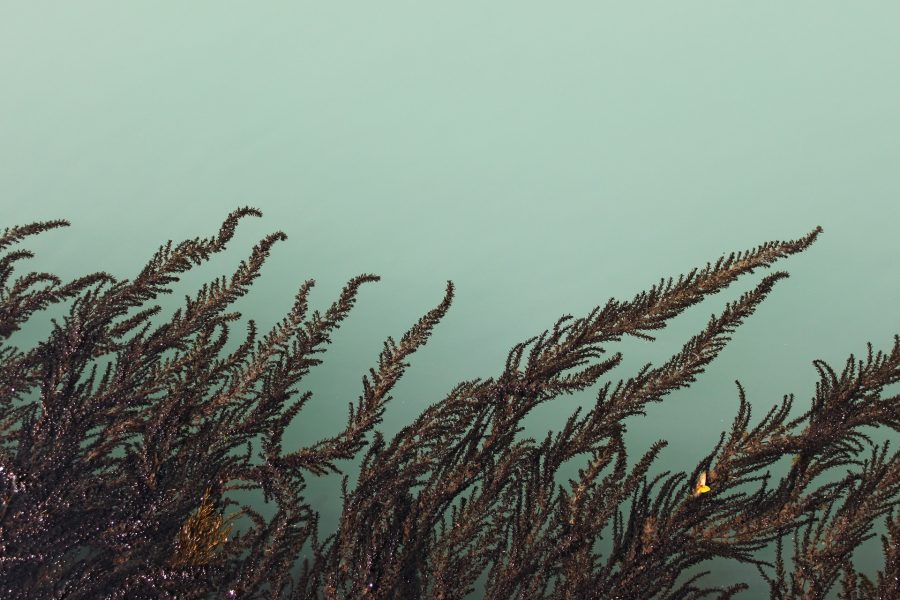
Scientists feed live microalgal cells terbium to fabricate 3D functional devices.
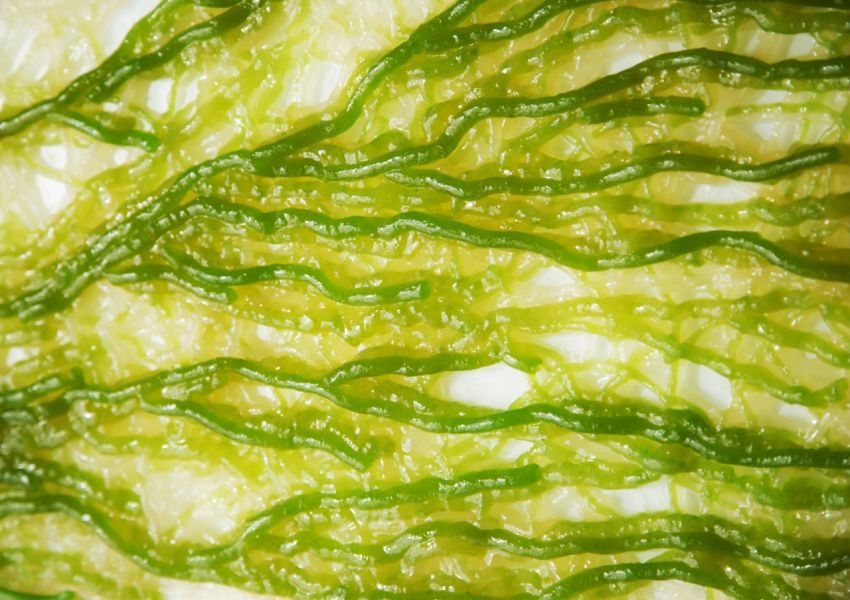
Hydrogels that incorporate whole algal cells offer new possibilities in building architecture and bioremediation.

Exciting prospects for the future of manned space exploration!